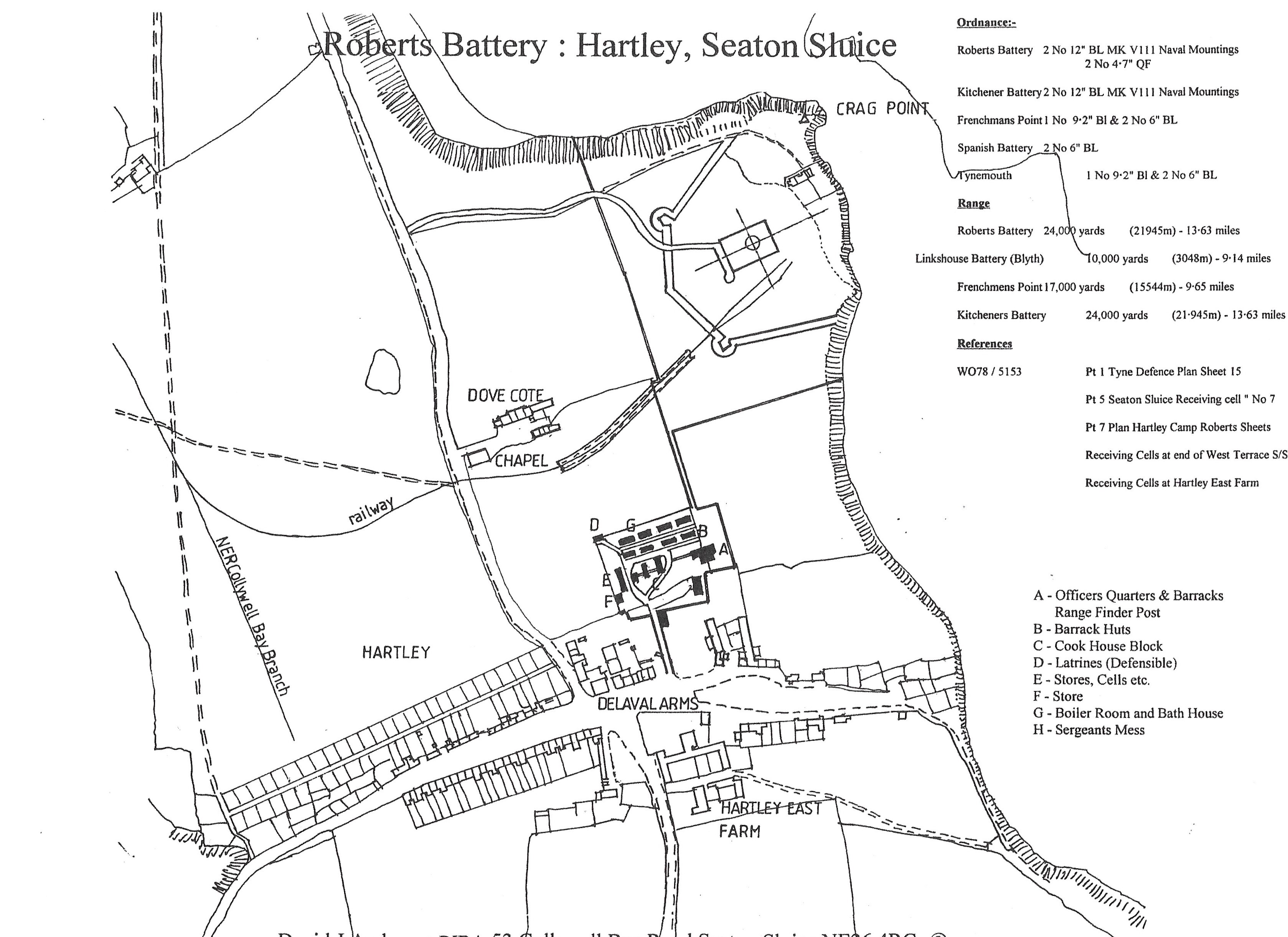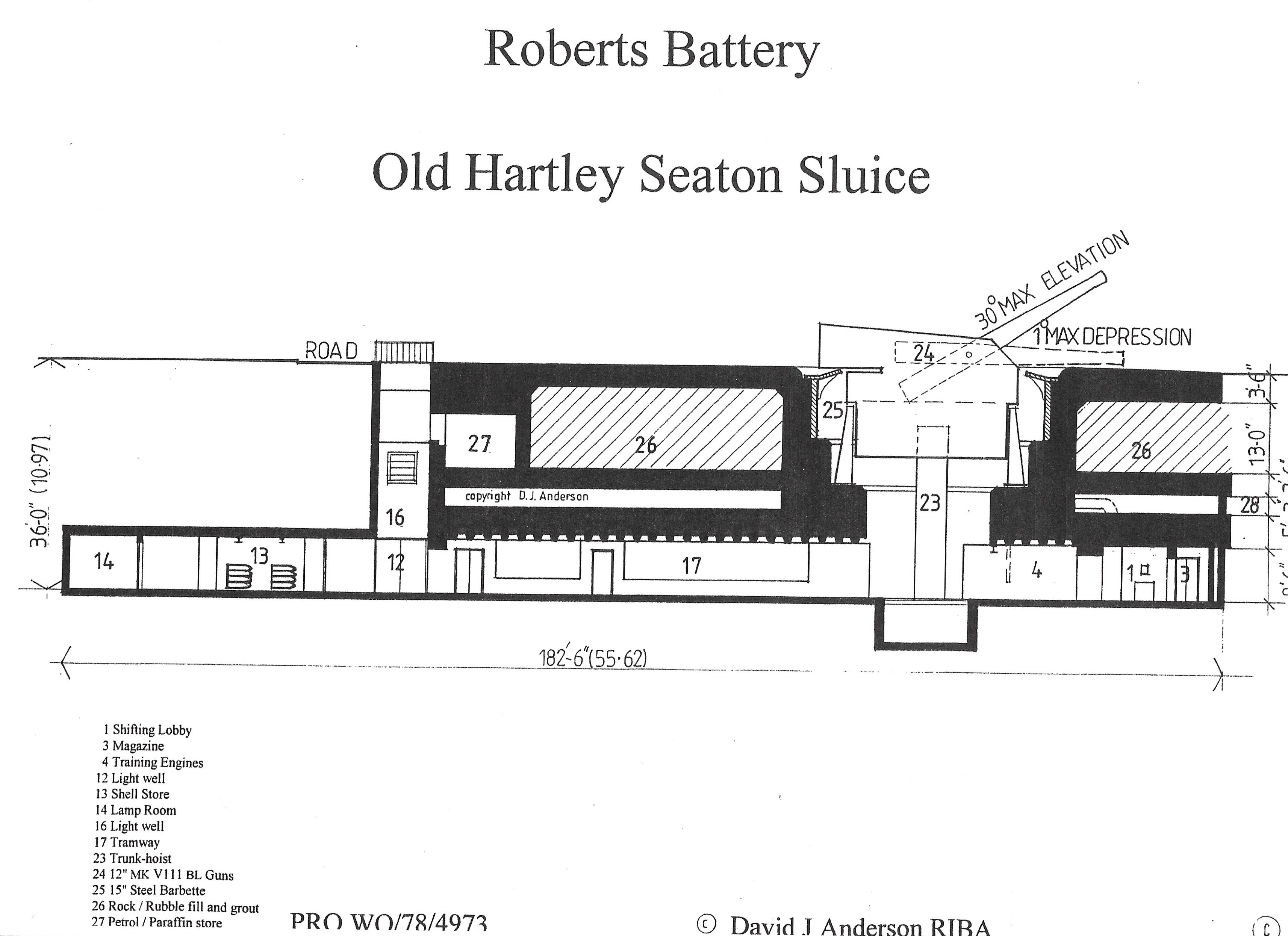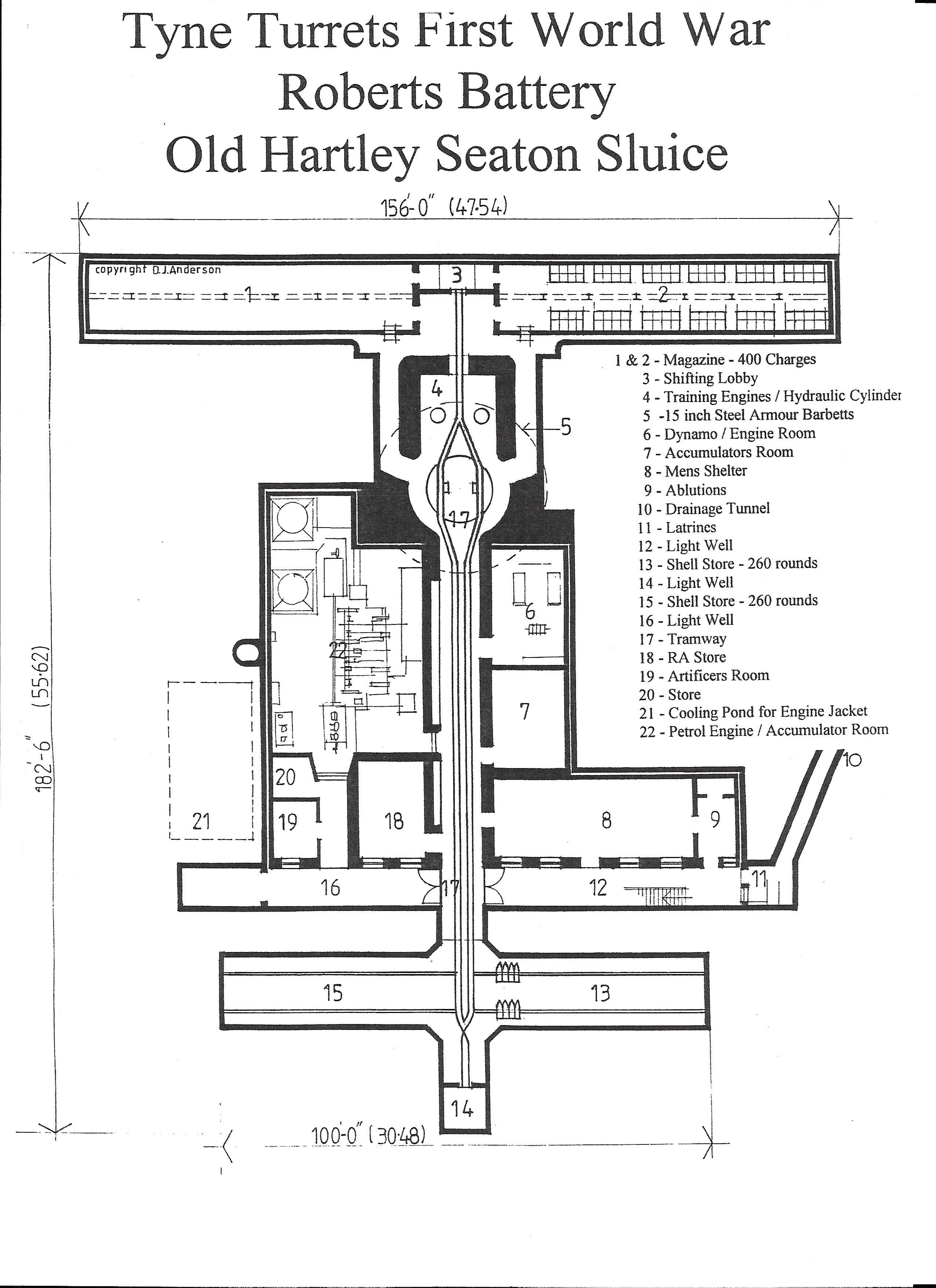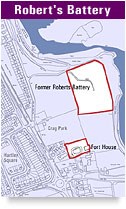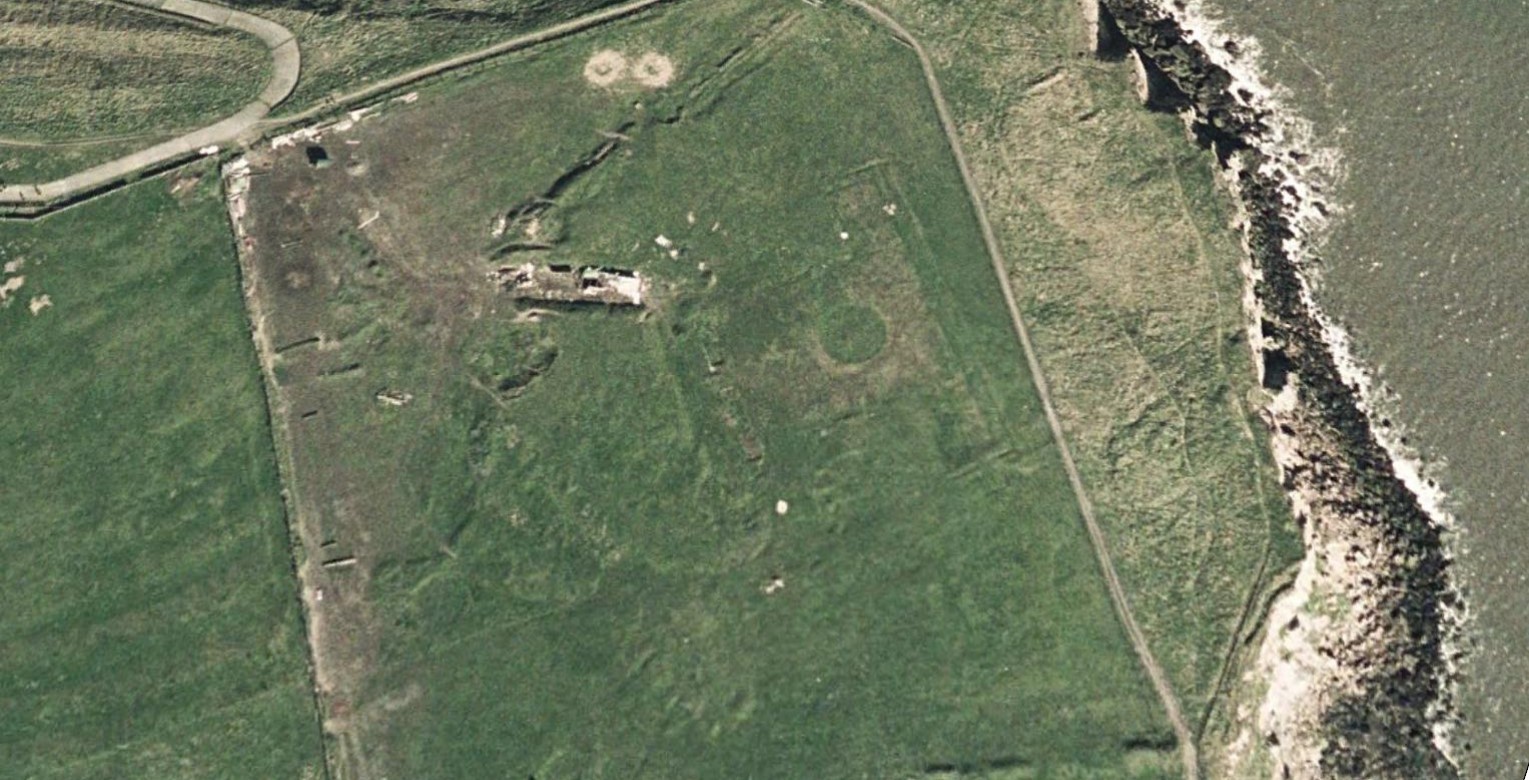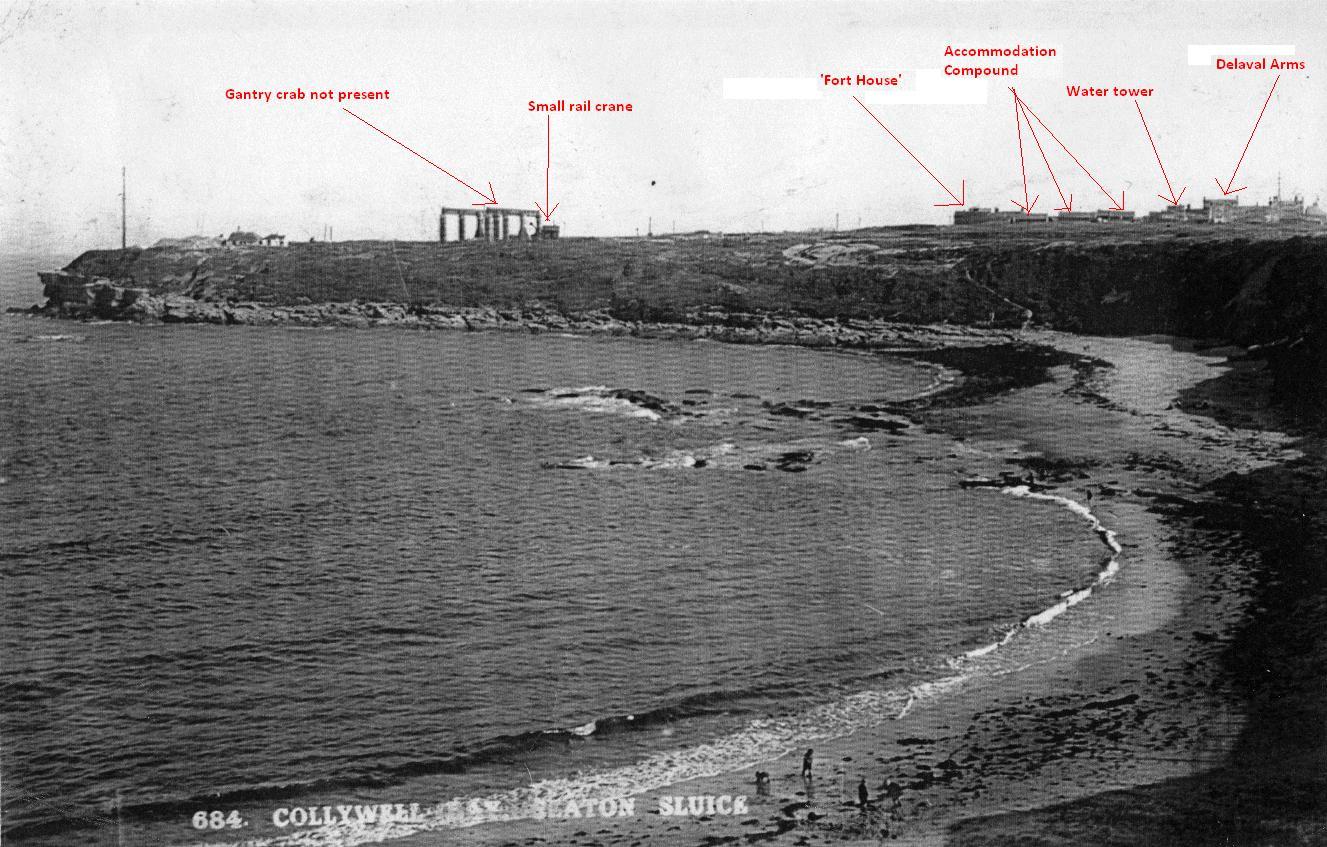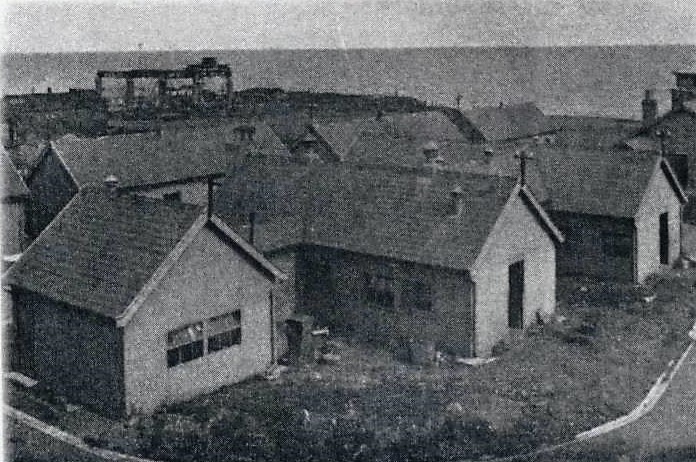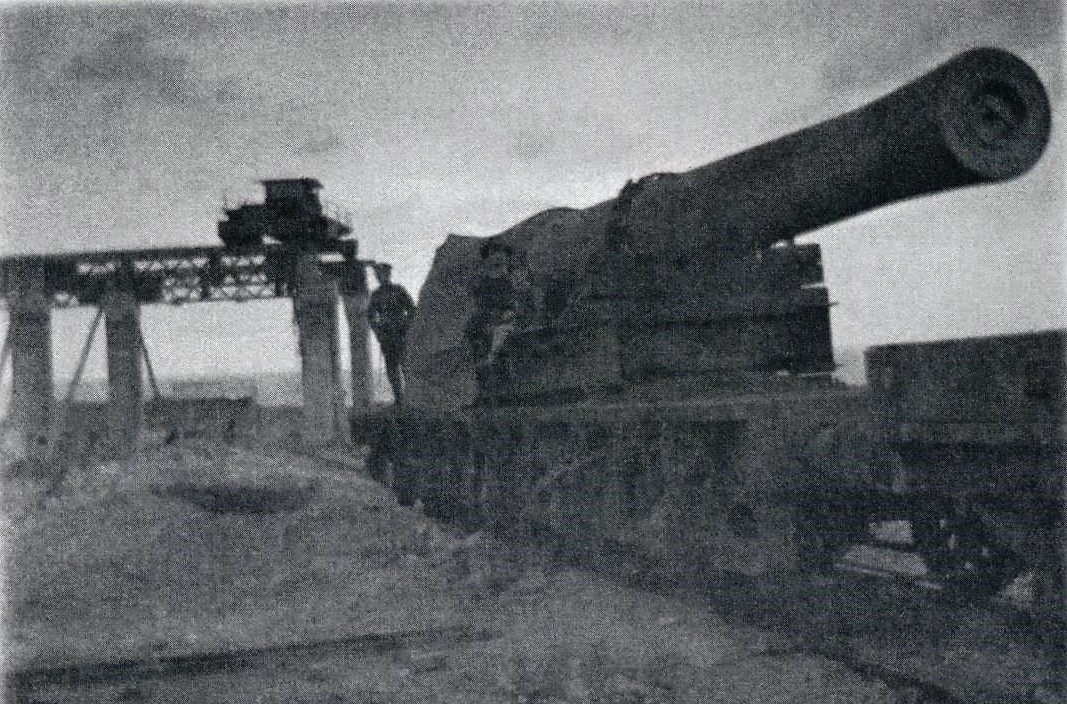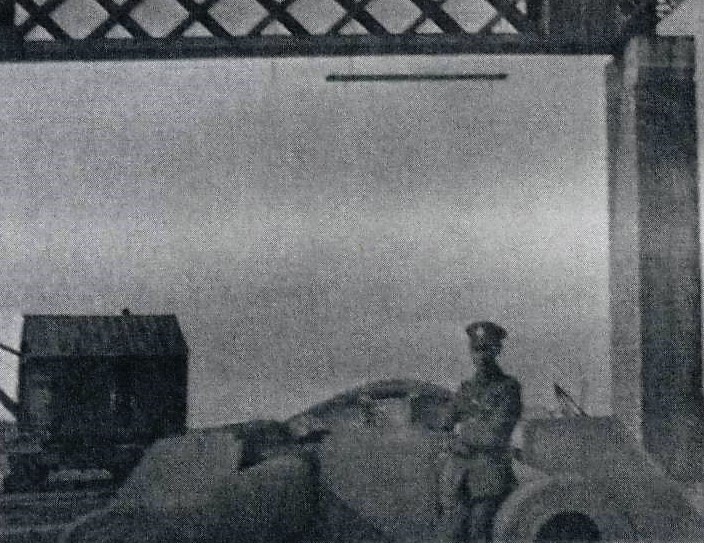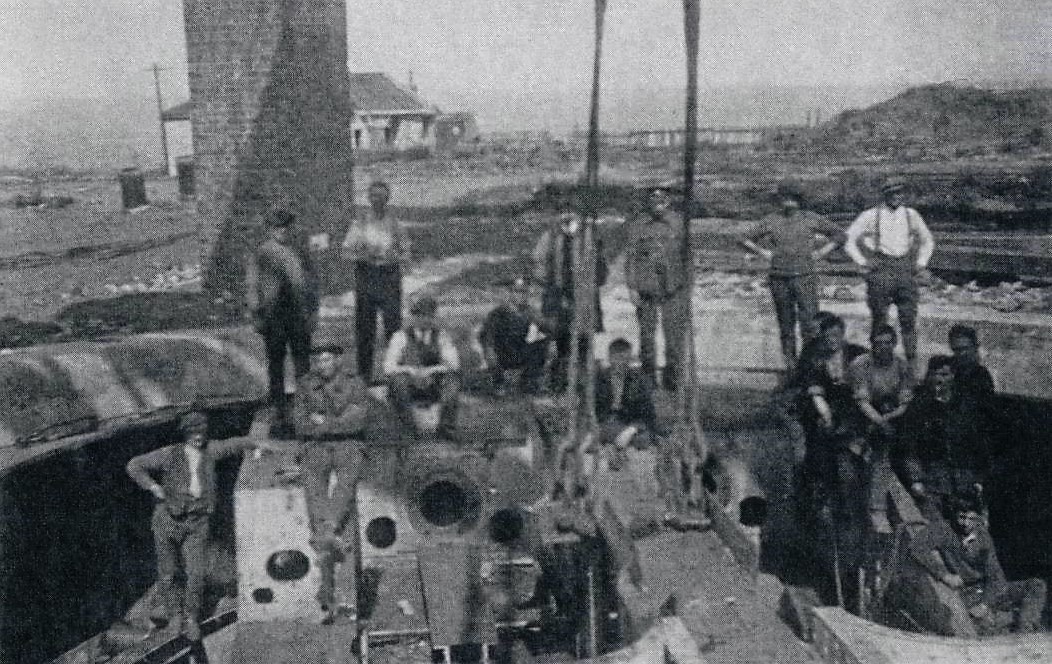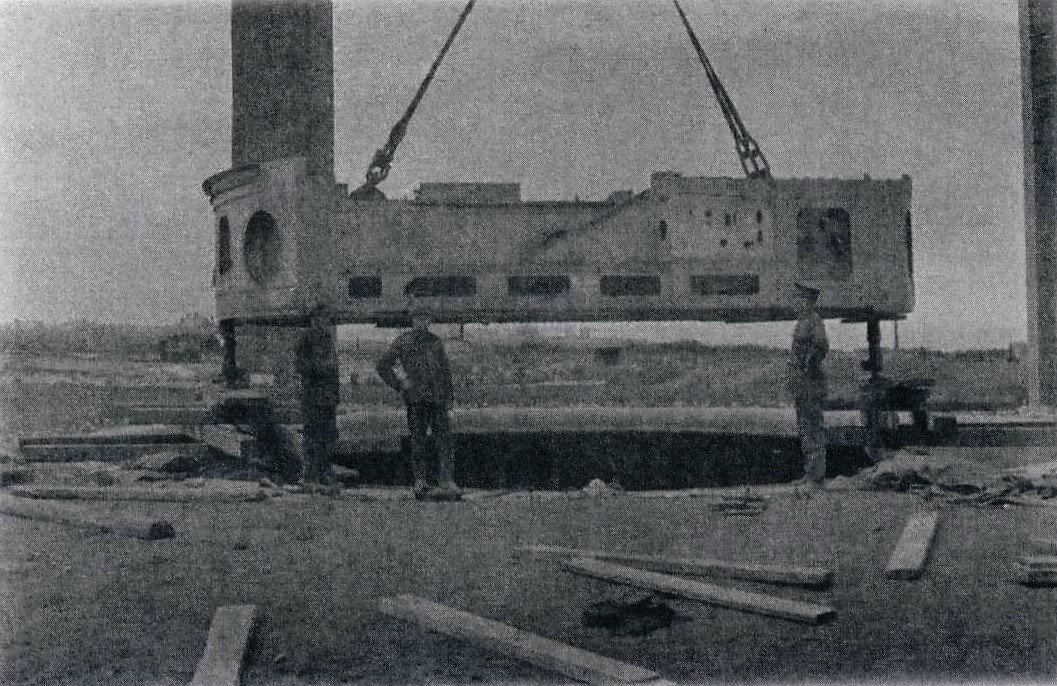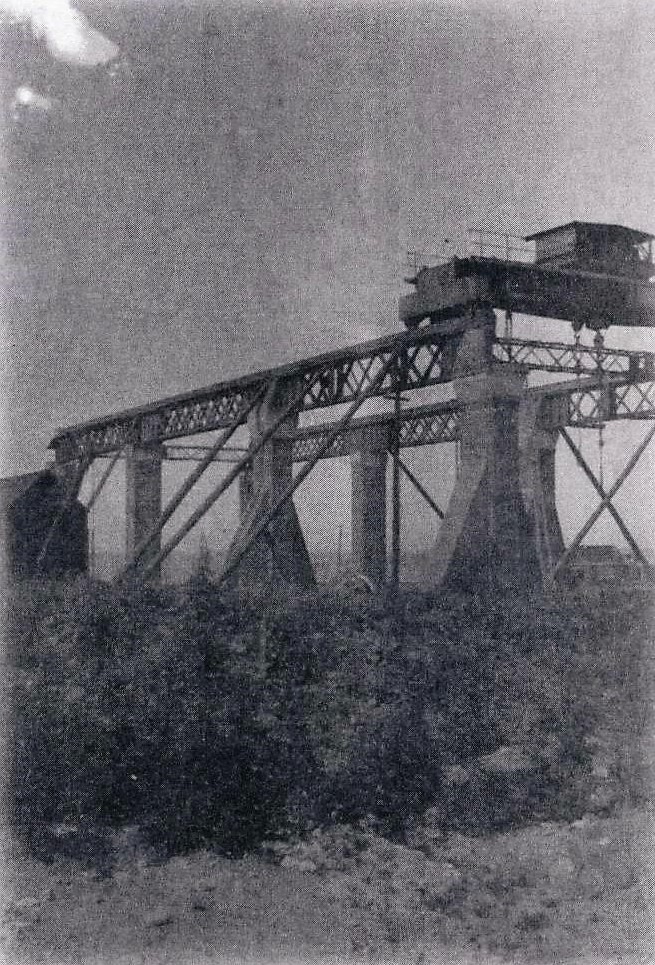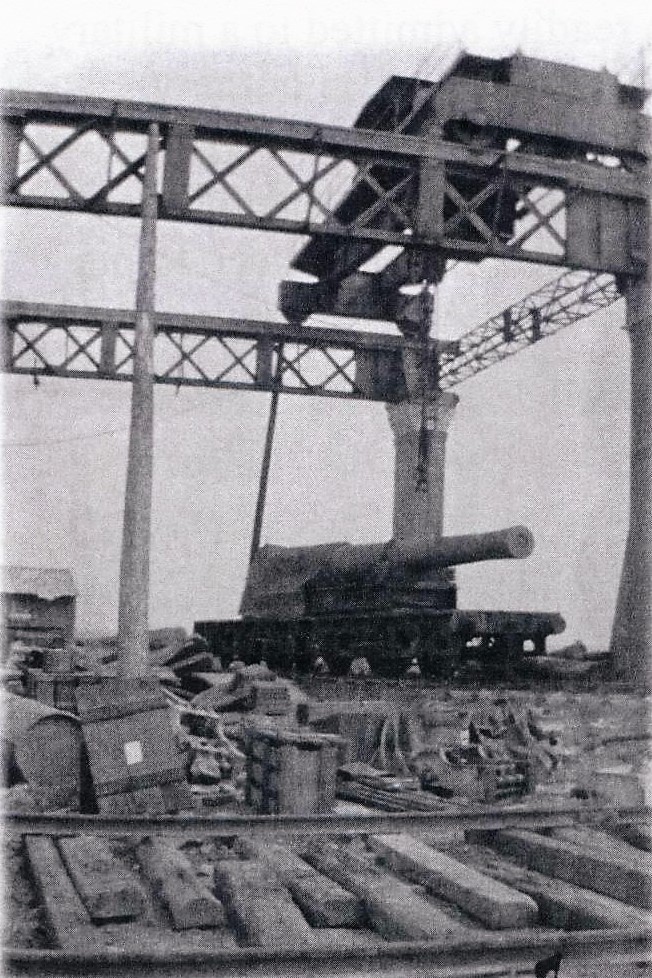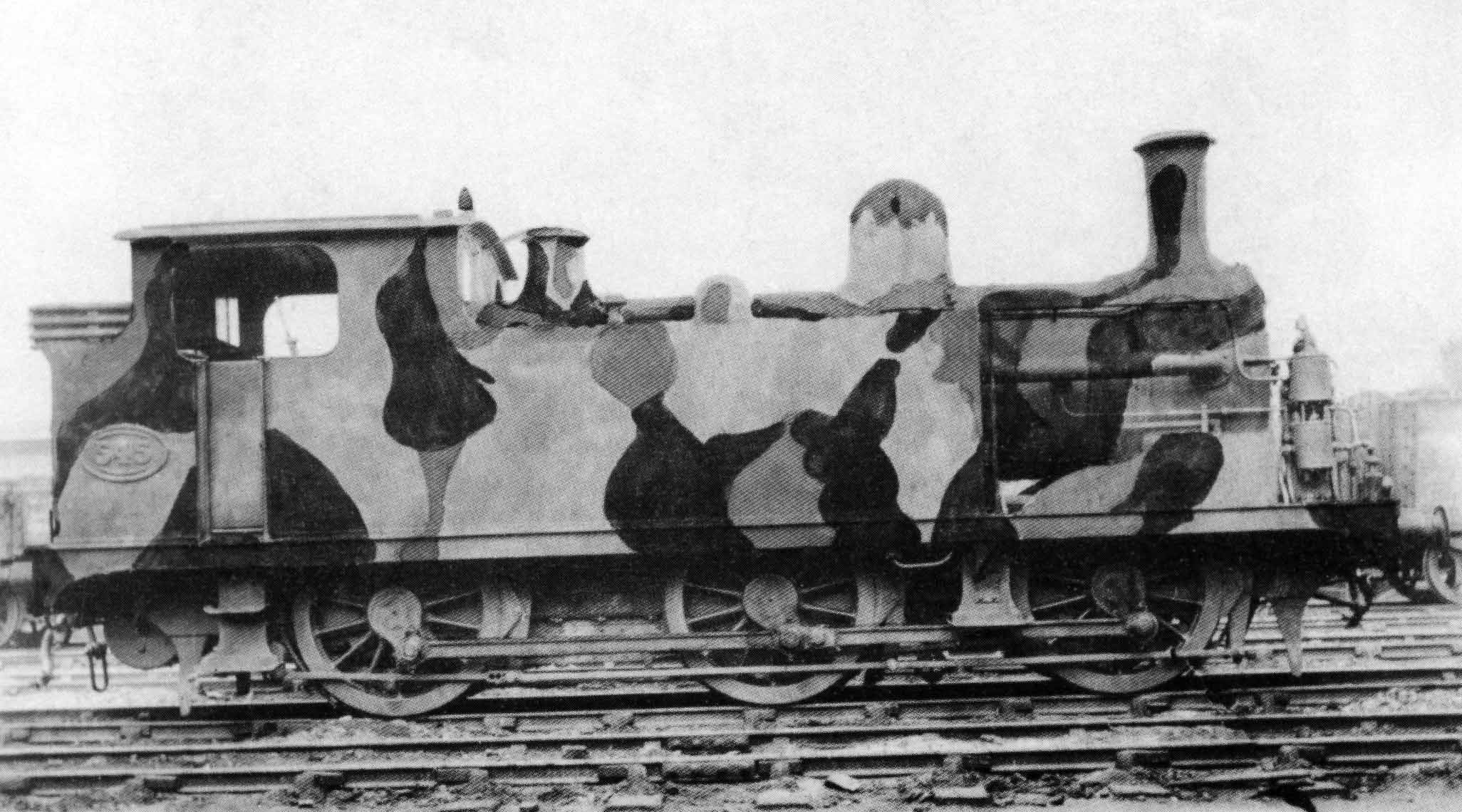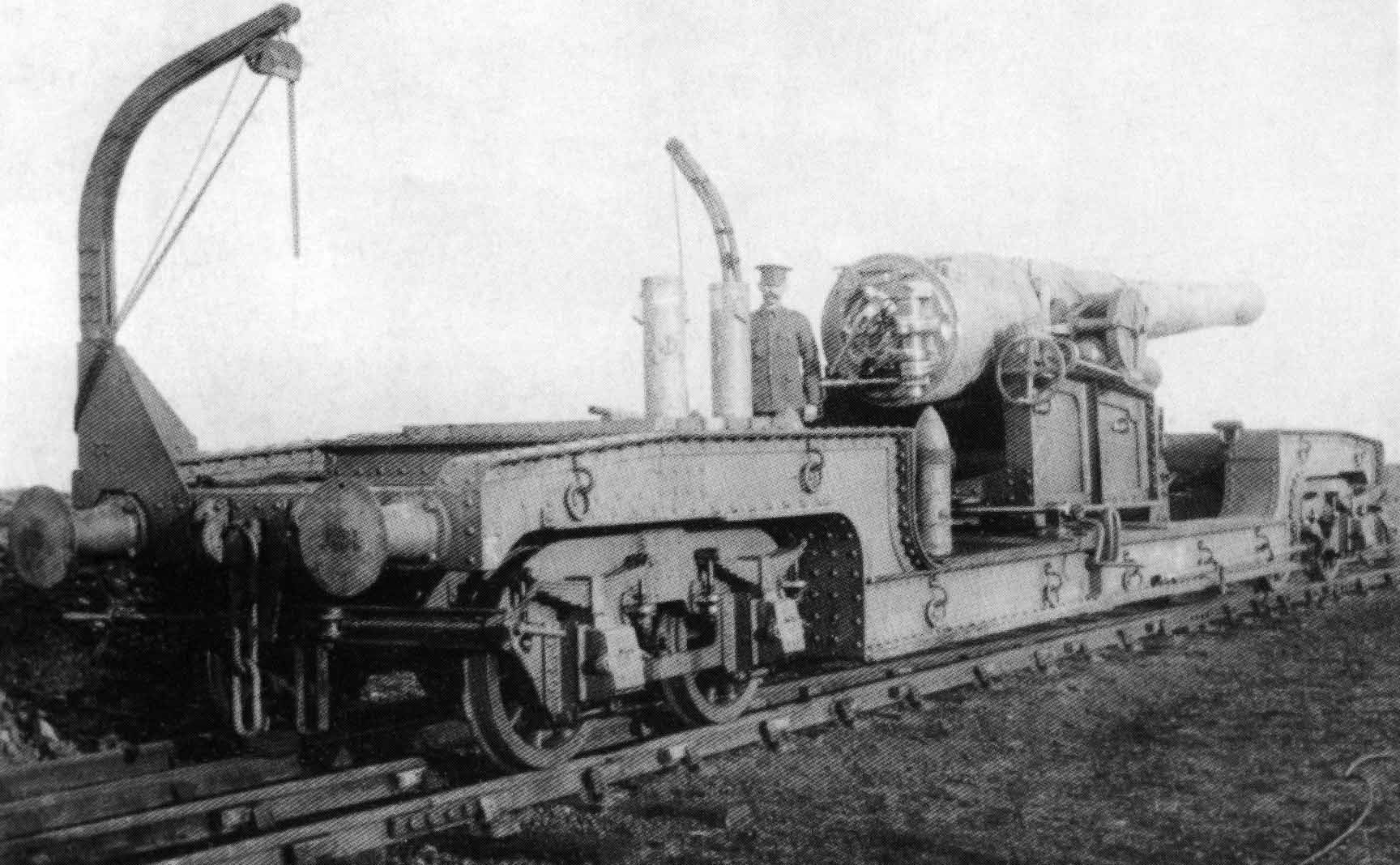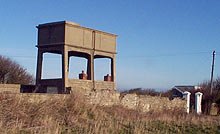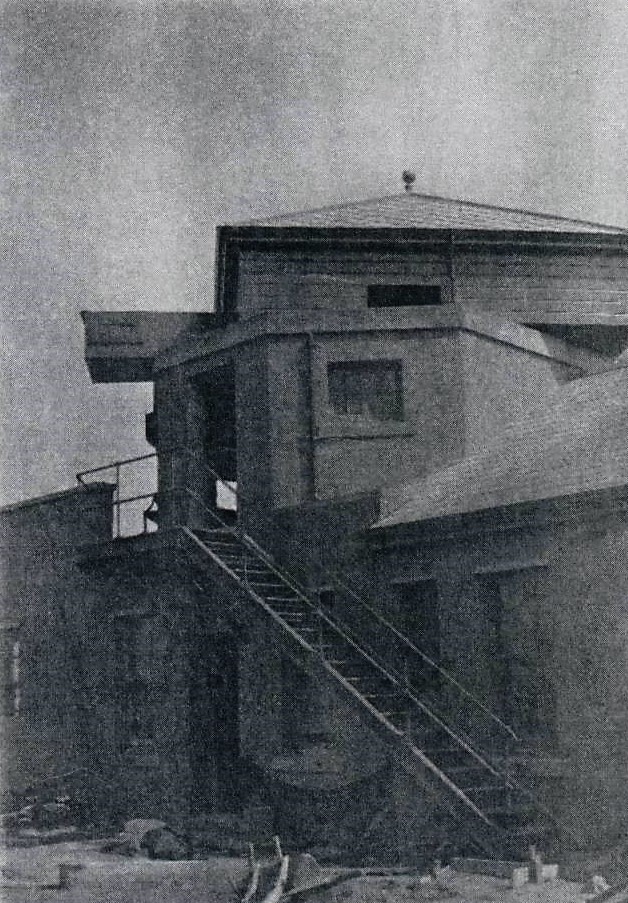Roberts Battery
The Roberts Battery was situated about 500 yards south of the Watch House Museum on Rocky Island, and north of The Delaval Arms, close to Crag Point. It was built in response to the threat of bombardment of Tyneside during World War I.
Initially, Tyneside was protected by an old battleship permanently stationed on the river as a guardship. In 1916, the ship was redeployed, and the Army was offered a redundant gun turret from the 1898 HMS Illustrious for land emplacement.
The battery included two transmitting cells and two receiving cells, one each to the north and south. It also featured a Barr and Stroud split image range finder in a rangefinding post. Extensive underground works were constructed, including shell and cartridge stores, an engine room, and other facilities, which were still visible in the early 1960s. On the surface, there were 12-inch guns and a blockhouse. These structures, including the concrete plinths, have since disappeared.
A 30ft Barr and Stroud post served as the Battery Command Post and included officers' accommodation, which survives today as a private residence known as Fort House.
The underground installation stored shells and housed a shelter for about 20 men. The surface installation featured barrack huts, latrines, a cookhouse, bathhouse, and boiler house. Today, the Water Tower, Defensible Latrine, and Officers' Quarters remain visible. A second battery, the Kitchener Battery at Marsden, and Roberts Battery were both controlled from a command centre behind the Grand Hotel in Tynemouth.
Although completed in September 1921 at a cost of £64,000, the guns were never used in combat. They fired twelve test rounds on 5th September 1922, reportedly blowing pantiles off nearby cottages. In 1924, the Committee of Imperial Defence recommended the turrets' removal due to obsolescence, and dismantling began in April 1926.
During World War II, a Chain Home Low radar station was established on the site of the former Hartley Battery. The underground works remain one of the largest military engineering feats of their time. Fort House, its boundary wall, and associated outbuildings are now Grade II* Listed Buildings.
The underground structure is largely intact and its outline can be seen in aerial photos, though access is considered “impossible” as it was filled with domestic waste by Whitley Bay Council in the 1960s. However, recent video evidence suggests that access has been achieved.
Plans courtesy of David Anderson, and some photographs courtesy of Chris Capewell and The Journal of the World War 2 Railway Study Group.
Roberts Battery Gallery
